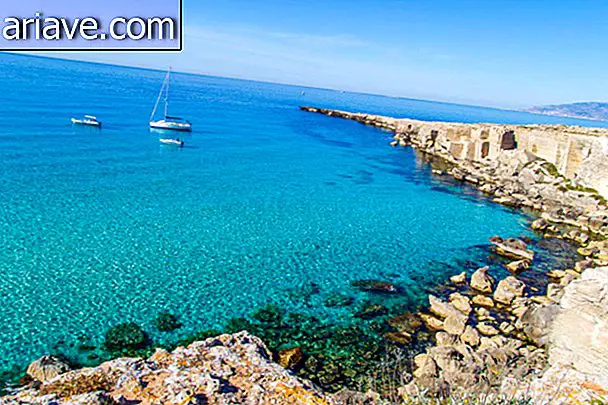International Women's Day: Meet 5 of the Most Powerful in History
As you know, next Sunday, March 8, will be International Women's Day. With that in mind, we here at Mega Curioso have decided to bring together some of the most important women who have ever lived in history and thus pay a simple tribute to our readers. Meet our picks below:
1 - Hatshepsut

Hatshepsut was an important Egyptian monarch, and it was the female pharaoh who remained in power for the longest time among all the women who reigned in ancient Egypt. Daughter of King Thutmose I, she married her half brother Thutmose II and they both ascended the throne after Pharaoh's death, which occurred around 1493 BC. However, Hatshepsut was widowed in 1479 BC, and continued to reign alone until 1458 BC., the year you died.
Many Egyptologists regard Hatshepsut as one of the most powerful and successful monarchs in ancient Egypt, as the country experienced a period of prosperity and tranquility under its command. In addition, the queen ordered the construction of numerous temples and buildings, managed to reestablish commercial networks that had been disrupted by invaders, and led successful military campaigns through Nubia, Syria and Levante.
2 - Isabel of Castile

Also known as Elizabeth the Catholic, while being known as one of the most controversial queens in history, she was also one of the most powerful. It was Elizabeth - along with her husband, King Fernando de Aragon - who reunited Spain after more than 7 centuries of Arab rule, and it was Elizabeth who “sponsored” Christopher Columbus's travels to the west.
Moreover, Isabel's support provided the basis for Spain to build its colonial empire and eventually become a world power from the 16th to the 18th centuries. But do you remember that we said that “the Catholic” was also extremely controversial? That is why, believing that her subjects must be - or necessarily convert - to Catholicism, Isabel began the murky Spanish Inquisition.
3 - Elizabeth I

Another very powerful woman who reigned sovereign in Europe was Elizabeth I of England who, among her main achievements, never married to not have to share her kingdom with any foreign monarch, established Protestantism in place of Catholicism in the country, won the "invincible" Spanish Armada, and even learned several languages to avoid having to depend on diplomats and risk being betrayed.
In addition, during her reign - which lasted from 1558 to 1603 - Elizabeth brought the Renaissance to England and, being an extremely well-educated and intellectual woman, she made her court a true center for musicians, poets, writers and scholars.
4 - Catherine II of Russia

Catherine was born a princess in Germany and, after marrying the heir to the Russian throne - Peter III - and plotting a plot to overthrow him, became empress of Russia and reigned from 1762 to 1796. And the monarch remained beyond occupied during her reign, reforming the government, promoting the modernization and westernization of the country, and expanding the borders of her empire.
Under Catherine's command, the Russian Empire occupied part of Asia, Europe, and North America, spreading from the Arctic Ocean (to the north) to the Black Sea (to the south), through Alaska and the Pacific (to the east), and the Baltic Sea (to the west).
5 - Tomiris

Queen of the Massagetas - nomadic people who inhabited the region between the Aral Sea and the Caspian Sea during antiquity - Tomiris became famous for defeating the army of Cyrus the Great, Persian emperor who tried to invade their territory after the queen refused to marry him.
After a first battle, the Persians eventually captured several soldiers from Tomiris and Espargapises, the queen's son. The heir eventually died, and according to legend Tomiris, to avenge his affront, not only defeated the invaders, but killed Cyrus, beheaded the corpse, crucified his body, and kept the emperor's severed head inside a wine-filled skin. blood.











